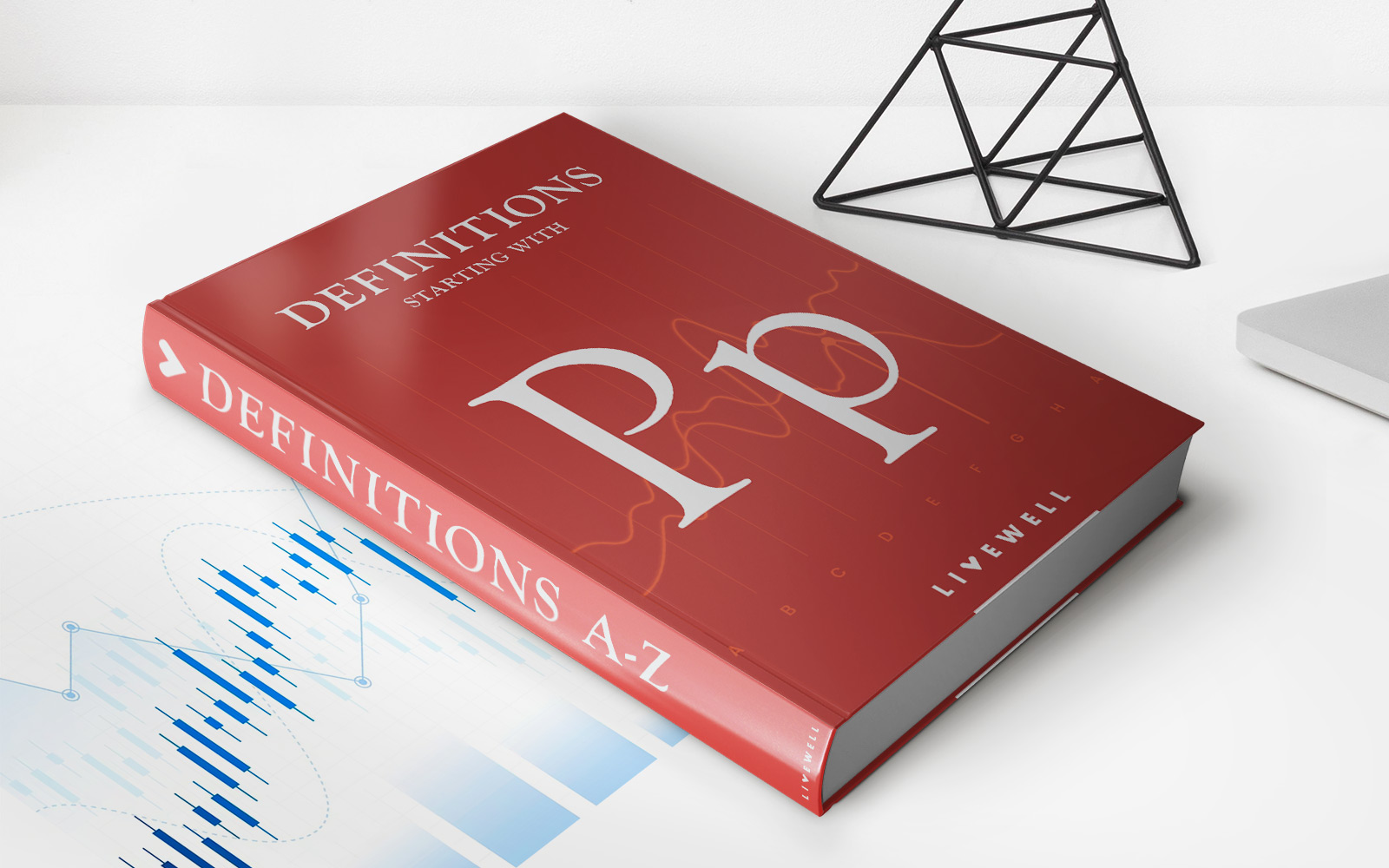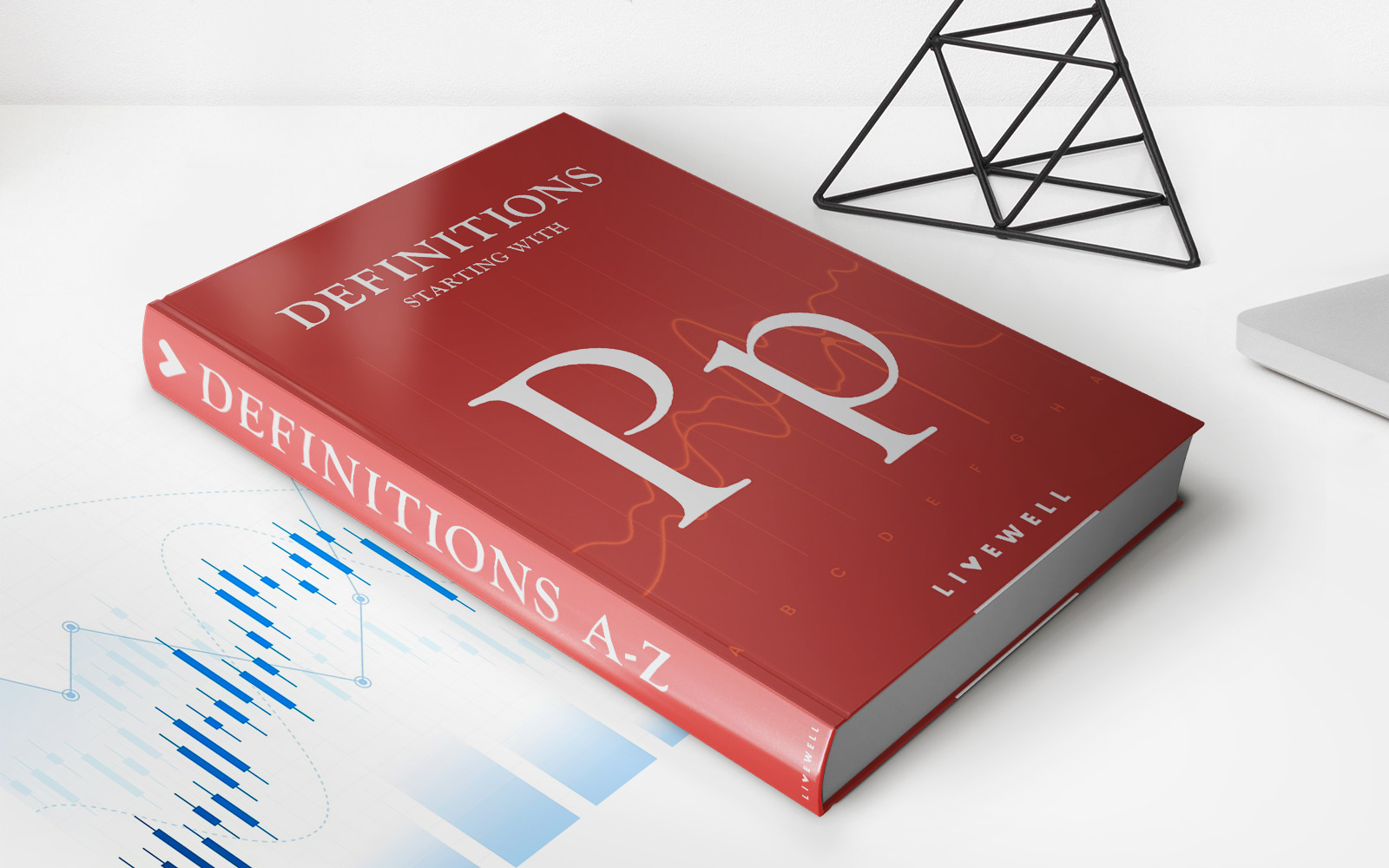Home>Finance>Profit Before Tax (PBT): Definition, Uses, And How To Calculate


Finance
Profit Before Tax (PBT): Definition, Uses, And How To Calculate
Published: January 12, 2024
Learn about Profit Before Tax (PBT) in finance, its definition, uses, and how to calculate it. Enhance your financial knowledge with this comprehensive guide.
(Many of the links in this article redirect to a specific reviewed product. Your purchase of these products through affiliate links helps to generate commission for LiveWell, at no extra cost. Learn more)
Profit Before Tax (PBT): Definition, Uses, and How To Calculate
Finance is a category that covers a wide range of topics, from budgeting and investing to debt management and financial planning. One crucial aspect of finance that businesses and individuals alike must understand is Profit Before Tax (PBT). But what exactly is PBT, and why is it important? In this blog post, we will delve into the definition of PBT, discuss its uses, and provide a step-by-step guide on how to calculate it. By the end of this article, you’ll have a clear understanding of PBT and the role it plays in business finance.
Key Takeaways:
- PBT is a measure of a company’s profitability before accounting for taxes.
- It is an essential financial metric used by stakeholders to evaluate a company’s performance.
What is Profit Before Tax (PBT)?
Profit Before Tax (PBT) refers to the financial metric that measures a company’s profitability before accounting for taxes. It indicates the amount of profit a company has generated by its core operations, excluding tax expenses. PBT is often seen as a critical indicator of a company’s financial health, as it provides insight into its ability to generate profit without considering tax implications.
Calculating PBT involves subtracting all the expenses, including operating costs, interest, and depreciation, from the company’s total revenue. This figure represents the pre-tax profit earned by the company over a specific period, typically a fiscal year. PBT enables businesses to evaluate their operational efficiency and profitability without the influence of tax laws and regulations.
Uses of Profit Before Tax (PBT)
PBT serves multiple purposes and is utilized by various stakeholders, including business owners, investors, and financial analysts. Here are some common uses of PBT:
- Financial Analysis: PBT plays a crucial role in financial analysis, enabling stakeholders to assess a company’s profitability and operational efficiency. Comparing PBT figures across different periods or against industry benchmarks can provide insights into a company’s performance and help identify areas for improvement.
- Investment Evaluation: Investors often consider PBT when evaluating investment opportunities. A higher PBT indicates that a company is generating more profit before tax, making it potentially more attractive for investment.
- Internal Decision Making: Businesses use PBT to inform internal decision-making processes such as budgeting, resource allocation, and forecasting. By understanding their pre-tax profitability, companies can plan for future growth and make informed business decisions.
How to Calculate Profit Before Tax (PBT)
Calculating PBT involves a straightforward step-by-step process. Here’s how you can calculate PBT:
- Gather Financial Statements: Collect the company’s income statement, which provides details about revenue, expenses, and profit.
- Identify Relevant Figures: Identify the following figures from the income statement:
- Total Revenue: The company’s total sales or income before any deductions.
- Operating Costs: Expenses directly related to the company’s core operations, such as rent, utilities, and salaries.
- Interest Expenses: The interest paid on loans and other forms of debt.
- Depreciation Expenses: The decrease in value of tangible assets over time.
- Calculate PBT: Subtract the total operating costs, interest expenses, and depreciation expenses from the total revenue. The resulting figure represents the company’s Profit Before Tax (PBT).
By following these steps, you can easily calculate PBT and gain insights into a company’s pre-tax profitability.
Profit Before Tax (PBT) is a vital financial metric that provides a clear picture of a company’s profitability before accounting for taxes. This information is crucial for evaluating a company’s financial health, making investment decisions, and informing internal business strategies. By understanding PBT and how to calculate it, individuals and businesses can make informed financial decisions and drive sustainable growth.
Do you have any questions or thoughts about Profit Before Tax (PBT)? Leave a comment below!














